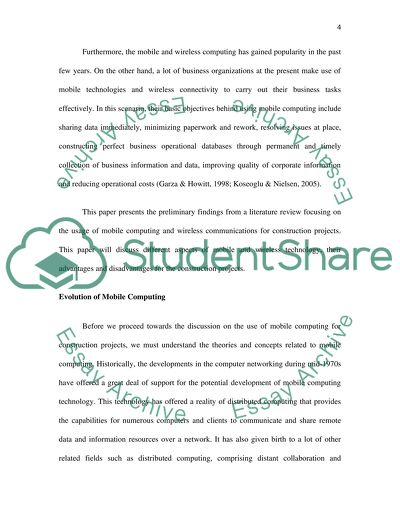Cite this document
(“Mobile computing and wireless communications for construction projects Literature review”, n.d.)
Retrieved from https://studentshare.org/engineering-and-construction/1395576-mobile-computing-and-wireless-communications-for
Retrieved from https://studentshare.org/engineering-and-construction/1395576-mobile-computing-and-wireless-communications-for
(Mobile Computing and Wireless Communications for Construction Projects Literature Review)
https://studentshare.org/engineering-and-construction/1395576-mobile-computing-and-wireless-communications-for.
https://studentshare.org/engineering-and-construction/1395576-mobile-computing-and-wireless-communications-for.
“Mobile Computing and Wireless Communications for Construction Projects Literature Review”, n.d. https://studentshare.org/engineering-and-construction/1395576-mobile-computing-and-wireless-communications-for.


